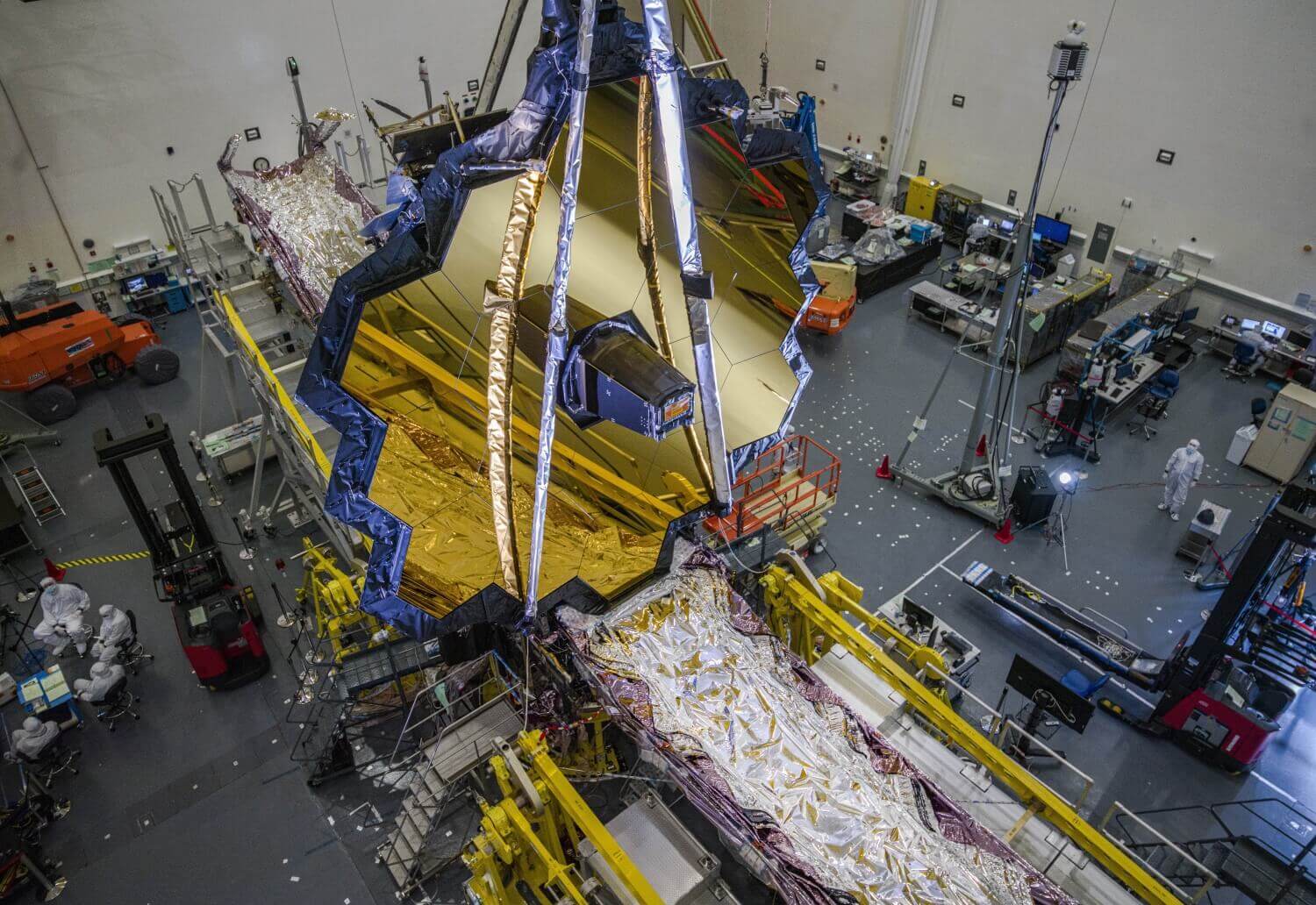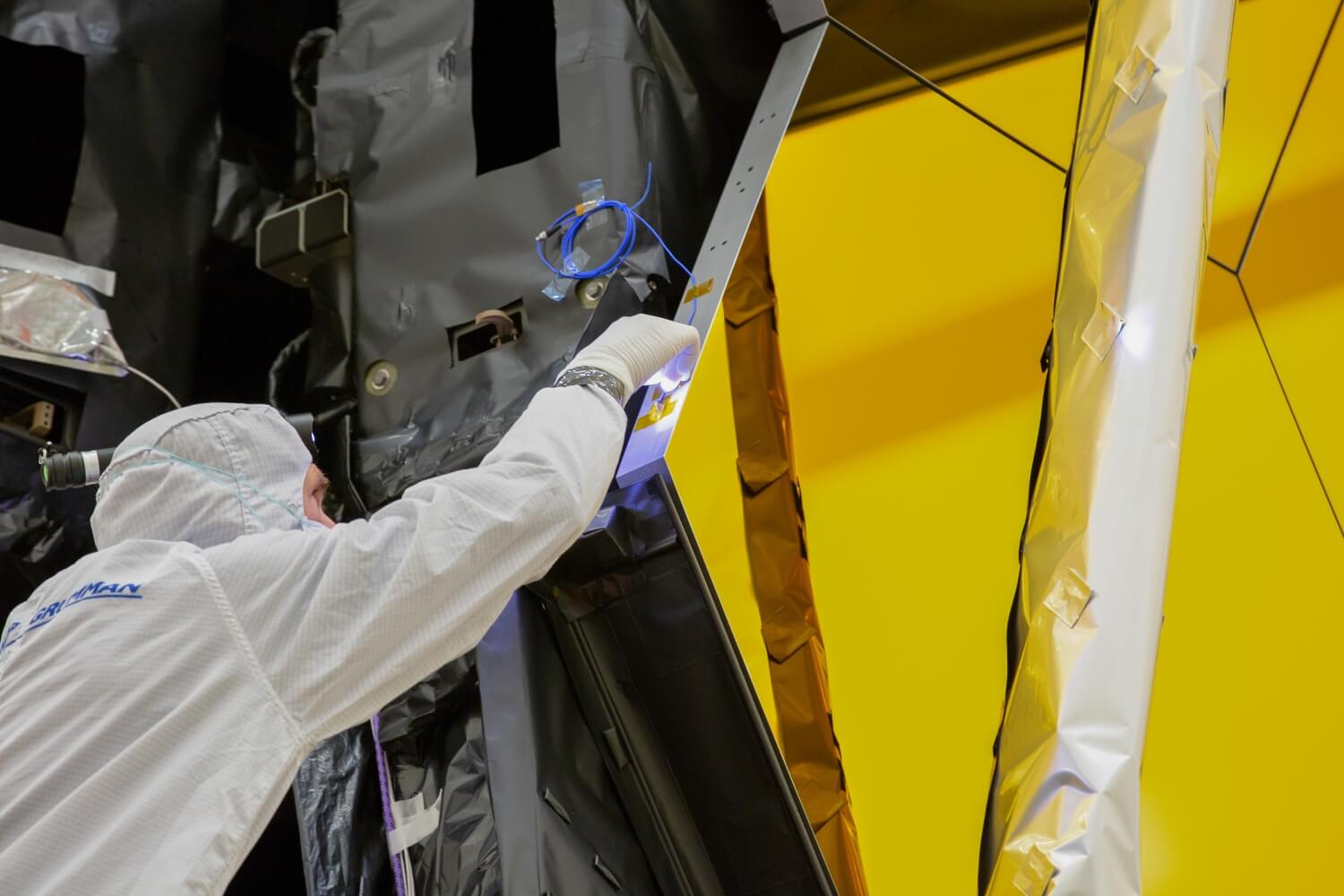The big picture: As of now, the project is still on track to stay within its current $8.8 billion budget. Assuming all goes according to plan, the team will continue forward with the final batch of environmental tests before shipping the telescope off to its launch site in Kourou, French Guiana, located on the northeastern coast of South America.

NASA’s James Webb Space Telescope is now scheduled to launch on October 31, 2021, after the agency confirmed last month that the target March 2021 date was no longer a possibility due to setbacks brought about by the ongoing Covid-19 global pandemic and other technical challenges.
Thomas Zurbuchen, associate administrator for NASA’s Science Mission Directorate at the agency’s headquarters in Washington, said the James Webb is the world’s most complex space observatory and their top science priority. “We’ve worked hard to keep progress moving during the pandemic,” Zurbuchen said, adding that, “the team continues to be focused on reaching milestones and arriving at the technical solutions that will see us through to this new launch date next year.”

The team just this week successfully completed electrical testing and in August, acoustic and vibration tests will be conducted. It is of the utmost importance that each and every element of the telescope is tested and found to be fully functional before heading into space.
Shortly after the Hubble Space Telescope launched into orbit in 1990, operators realized something serious was amiss. Images returned to Earth weren’t nearly as clear as anticipated. Upon further investigation, it was discovered that the telescope’s primary mirror had be ground down to the wrong shape using incorrectly calibrated equipment.
Replacing the mirror in space would have been impossible and bringing the telescope back to Earth for a refit would have been too costly and time-consuming so NASA did the next best thing – added hardware that acted as a pair of “glasses” to correct the telescope’s vision issues.
https://www.techspot.com/news/86040-nasa-reschedules-james-webb-space-telescope-launch-october.html
